Your vital organs—screened
Scan your body for potential cancer and 500+ conditions in up to 13 organs.



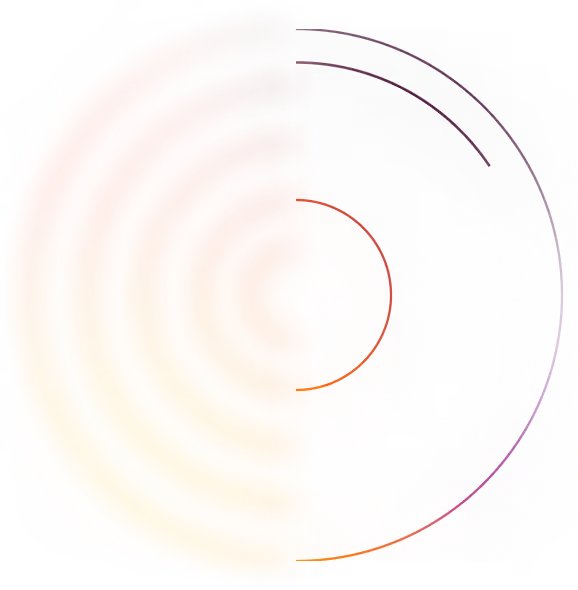
Our scan is designed to










"A large part of the credit for this great prognosis goes to early detection: given that the tumor was found so early, it was easier to remove surgically, and any spread is unlikely"

Most people diagnosed with cancer twice can’t say cancer and lucky in the same sentence. I'm so thankful to have caught these cancers early.


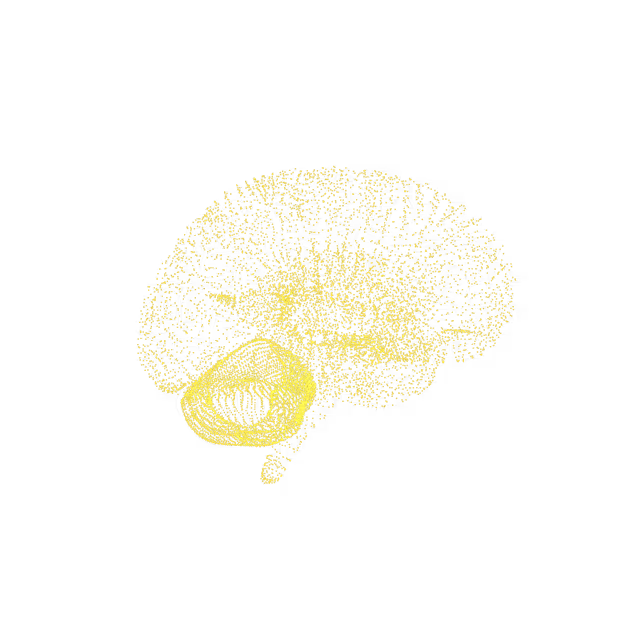
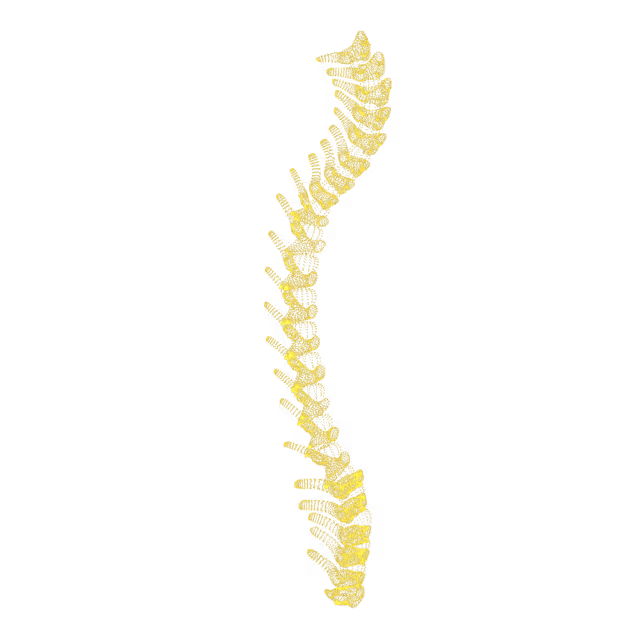
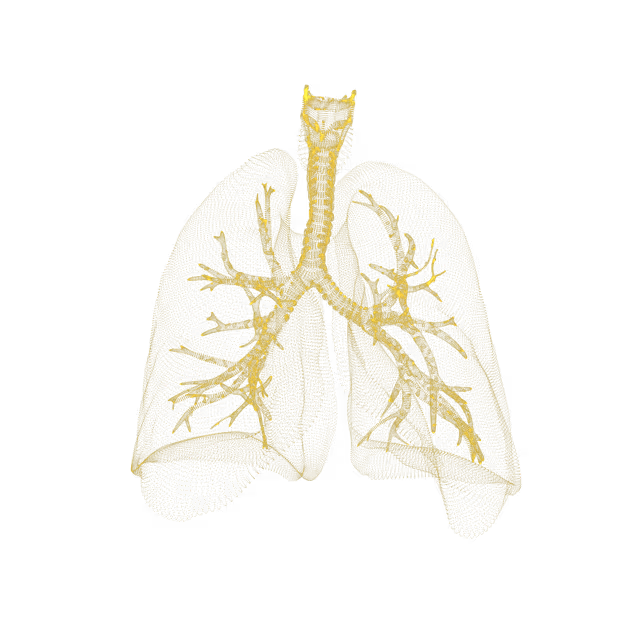
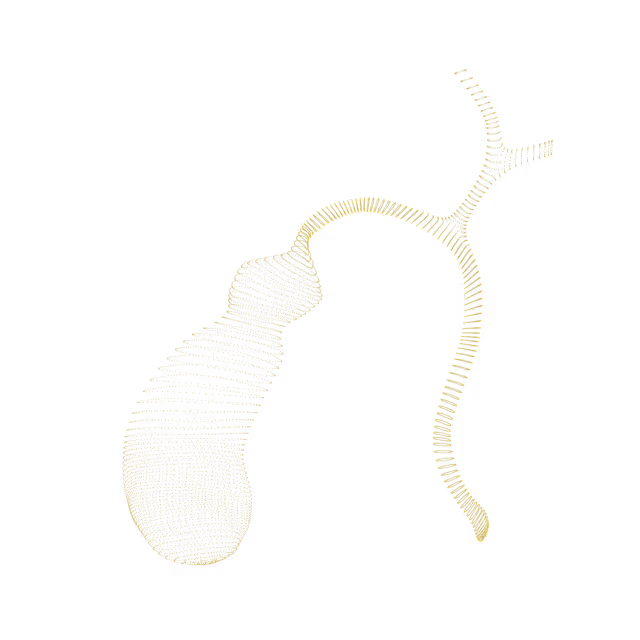
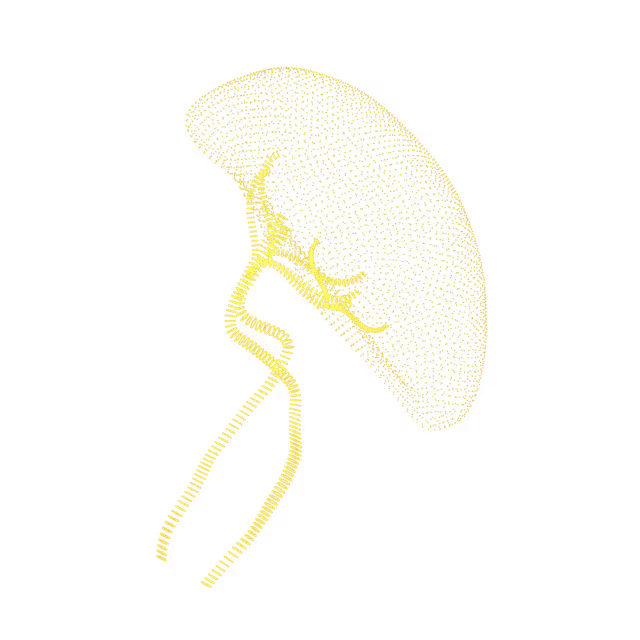
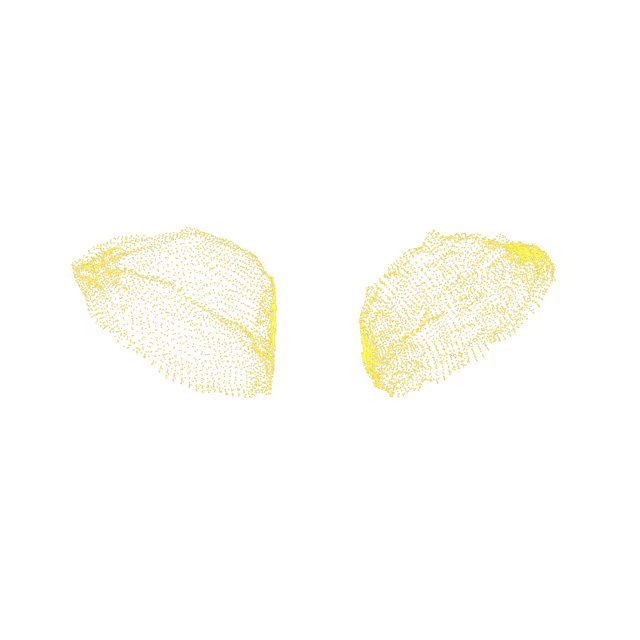
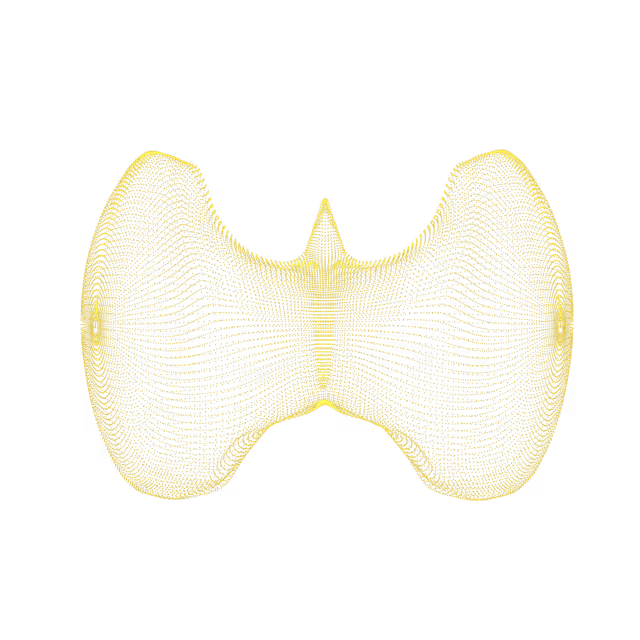
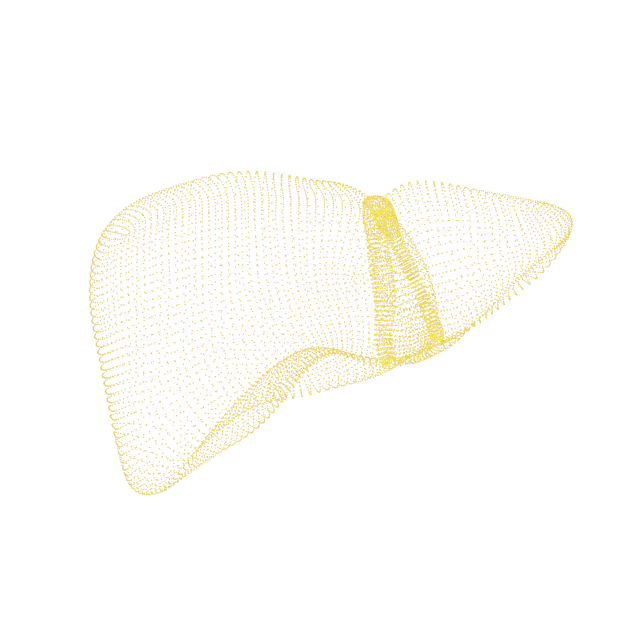
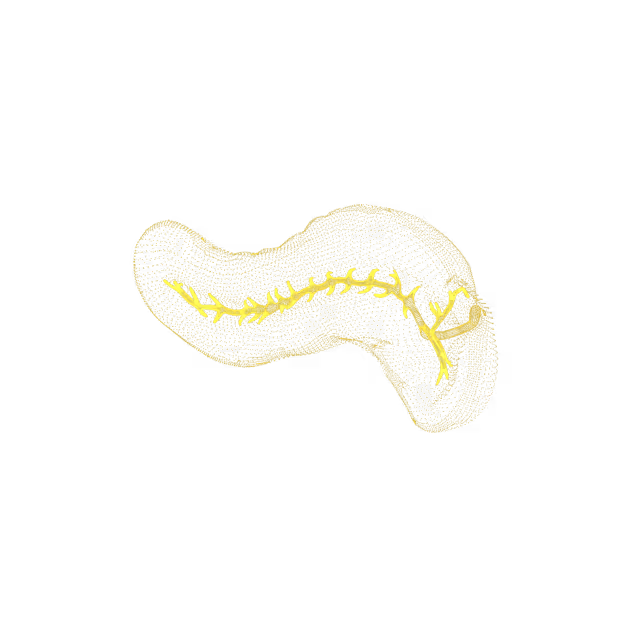
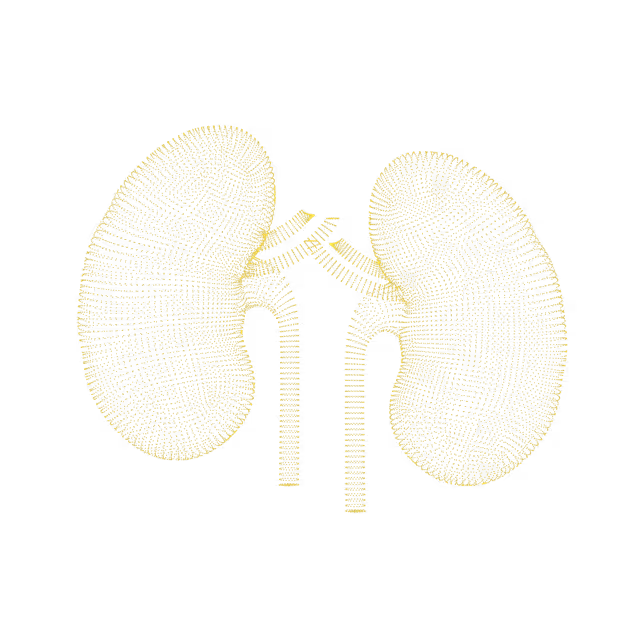
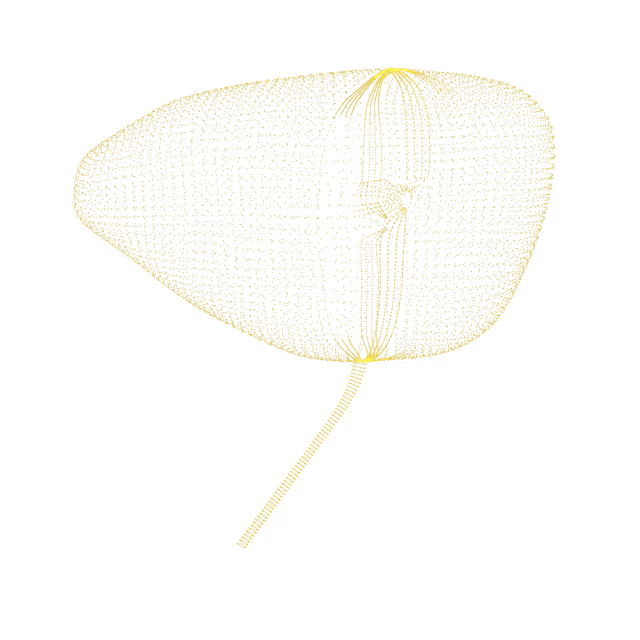
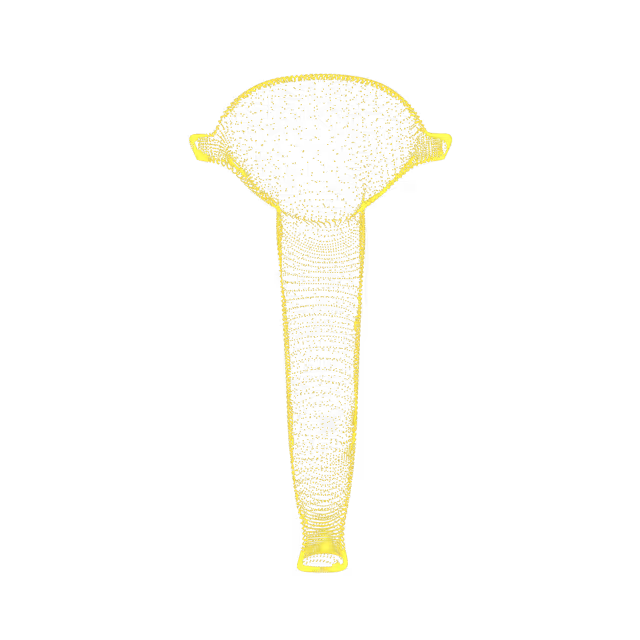
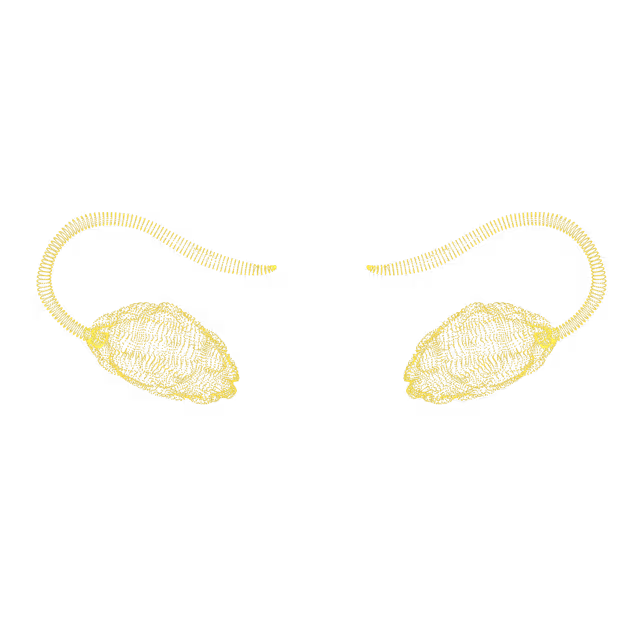
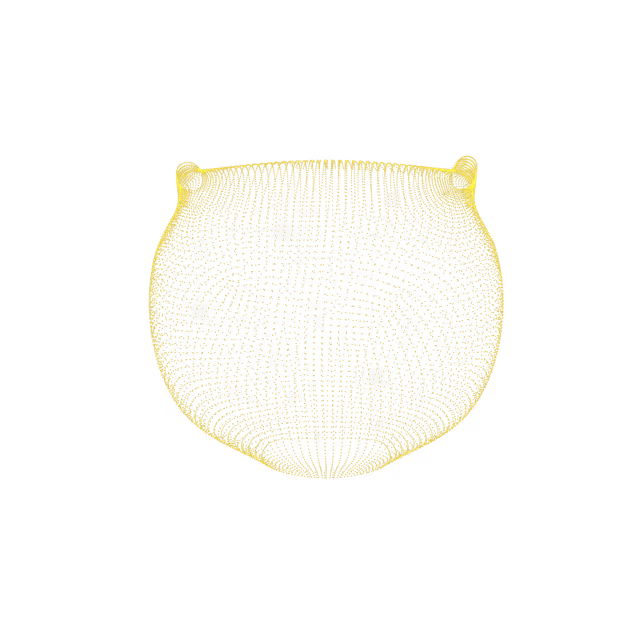

Primary sclerosing cholangitis (PSC) is a rare, chronic (long-term) disease that slowly damages the bile ducts. Bile is a digestive liquid that is made in the liver. It travels through the bile ducts to the gallbladder and the small intestine, where it helps digest fats and fatty vitamins.
MRI images reflect surgery that involved placement of surgical clips to remove the gallbladder. No follow-up is indicated for this finding.
The gallbladder was not seen on the MRI images which is consistent with a history of surgical removal of your gallbladder (cholecystectomy).
Chilaiditi sign is a rare medical condition in which a portion of the colon (large intestine) is abnormally positioned between the liver and the diaphragm (the muscle that separates the chest cavity from the abdomen and serves as the main muscle for breathing).
A Killian-Jamieson diverticulum, a rare type of esophageal diverticulum that develops as a protrusion of mucosa (the membrane that lines the inside of the GI tract) through a muscular defect/weakness in the esophagus.
Diverticulosis occurs when small, bulging pouches (diverticula) develop in the colon (large intestines). Most people who have diverticulosis do not have any symptoms. When one or more of these pouches become inflamed or infected, the condition is called diverticulitis.
Sometimes because of a weakness in the esophagus (the tube that connects the throat to the stomach) and stomach connection, the stomach can slide up and down into the chest area, which is known as a hiatal hernia. This can allow stomach acid to enter the esophagus more easily, causing acid reflux and heartburn.
A gastric diverticulum is a “pouch” formed when there is a weak part in the stomach wall. This can be congenital (from birth) or acquired, usually from a past injury like a stomach ulcer.
An anal/rectal abscess is a pus-filled lump around the anus (the opening of the rectum to the outside of the body) or the rectum (the portion of the gastrointestinal tract that begins at the end of the colon and ends at the anus).
The sigmoid colon is the part of the large intestine that is closest to the rectum and anus. When the sigmoid colon is longer than usual and coils onto itself, it is known as a redundant sigmoid colon.


© 2025 Ezra